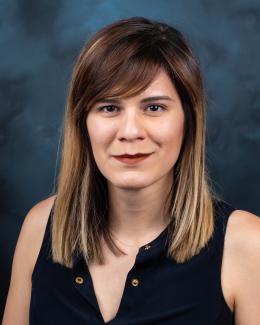Abstract
Pattern recognition algorithms are commonly employed to simplify the challenging and necessary step of track reconstruction in sub-atomic physics experiments. Aiding in the discrimination of relevant interactions, pattern recognition seeks to accelerate track reconstruction by isolating signals of interest. In high collision rate experiments, such algorithms can be particularly crucial for determining whether to retain or discard information from a given interaction even before the data is transferred to tape. As data rates, detector resolution, noise, and inefficiencies increase, pattern recognition becomes more computationally challenging, motivating the development of higher efficiency algorithms and techniques. Quantum associative memory is an approach that seeks to exploits quantum mechanical phenomena to gain advantage in learning capacity, or the number of patterns that can be stored and accurately recalled. Here, we study quantum associative memory based on quantum annealing and apply it to the particle track classification. We focus on discrimination models based on Ising formulations of quantum associative memory model (QAMM) recall and quantum content-addressable memory (QCAM) recall. We characterize classification performance of these approaches as a function detector resolution, pattern library size, and detector inefficiencies, using the D-Wave 2000Q processor as a testbed. Discrimination criteria is set using both solution-state energy and classification labels embedded in solution states. We find that energy-based QAMM classification performs well in regimes of small pattern density and low detector inefficiency. In contrast, state-based QCAM achieves reasonably high accuracy recall for large pattern density and the greatest recall accuracy robustness to a variety of detector noise sources.



